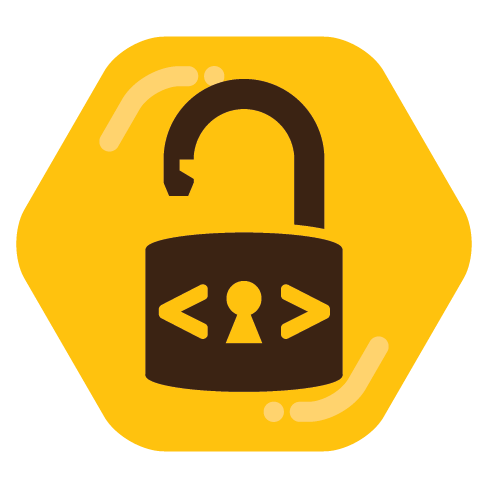One of the arguments for free and open source software is that its transparency allows for anyone to evaluate the quality and security of its code and contribute to its improvement.
I’m curious about how many people actually can and do that?
I’m a user of software, not a programmer, but I do sometimes scan over install scripts to see if they contain URLs that I don’t recognise, although I’m not at all equipped to map and dig into the code of what I run and neither do I have the time to.
Do you?
Trying to guage how this theoretical benefit translates into the real world.
As a developer I have reviewed open source code and reported vulnerabilities to maintainers. I think more of the cve issues are reported by university organized and funded security research groups but corps and independent individuals report some too.
The alternative is closed source, proprietary software where security vulnerabilities can be harder to identify by obscurity, but also be exploited for longer because they take longer to identify and report while others may still be using the exploit. This is what people mean when they say security by obscurity isn’t secure, because while it may grant the appearance of security if you prevent security groups from reviewing and examining code it may also prevent them from discovering vulnerabilities that are already being exploited. But measuring these effects sounds like an interesting read.
My experience is that OSS security scales upwards based on increased contributors, while commercial software is the inverse.
A small git* repo with a couple contributors is likely very insecure compared to one with 5000+. An enterprise tool from a company with 70 devs is probably far less bloated and insecure than one from a company with 1000 devs.
My 2 cents.
I read TOS but not the source code as I’m not a programmer but I do check privacy nerd’s YouTube (random no particular person or people) to see what they found
as a end user - if project is very simple or small (say < 1000 LoC), i sometimes have a look.
I almost always read the readme/man page, and if their is wiki, that too.
Can vary a lot from project to project. Usually there is a bottleneck where new code is certainly getting looked at before being merged, not that things can’t go unnoticed. Depending on the size of the project, full audits can be performed by third parties. If it’s popular enough or there are bug bounties up, random people might be looking for issues as well. In general, the less popular, the less likely it is someone has recently taken a look at the code.
So safety in numbers and resources I guess. When it comes to community plugins/extensions e.g Firefox, Ardour, GIMP etc, do you have an impression of whether developers of the main program include anything in their code to prevent abuse?
Yeah more like safety in numbers than reading every line of code you run, which is impractical and only warranted for the most extreme threat models.
I don’t think plugin devs add such features too often. More likely will focus only on their functionality. Plugins are better avoided if you are concerned. They are often abandoned and possibly bound to weak auth systems as compared to the main program source channel. The advantage is their code is usually much much shorter and easier to check out yourself.
I’m also in no way qualified to check code, so I just trust that if something has a lot of forks it means a lot of people are looking at it.






